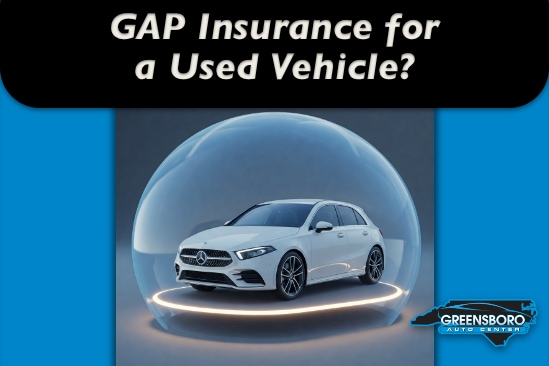
Whether or not GAP insurance is worth it on a used car depends on your individual circumstances, so today let’s evaluate the factors in play to help you make an informed decision. Let’s quickly explore what GAP insurance is and see if it’s beneficial for your upcoming purchase.
What is GAP Insurance?
GAP (Guaranteed Asset Protection) insurance covers the "gap" between what you owe on your car loan and what your car is actually worth, meaning its actual cash value (ACV). This protects you in the unfortunate circumstance of your vehicle being either totaled or stolen. The reason you see GAP insurance more commonly associated with new cars is due to the depreciation that occurs in their early years, which can lead to a widening of the value/loan ratio.
When Might GAP Insurance Be Worth It on a Used Car?
While often associated with new cars, GAP insurance can still be valuable for used car buyers in certain situations. Let’s take a look at contributing factors:
- Long Loan Terms: If you're financing your used car with a long-term loan (e.g., 60 months or more), you're more at risk of falling behind versus the car's depreciating value.
- Small Down Payment: A shorter-term variant of the long-term loan, you may quickly have a loan larger than your vehicle’s ACV.
- Luxury or High-Value Vehicles: Even though some depreciation has already occurred, luxury brands can still depreciate significantly. If you’re financing a large portion of the vehicle cost, GAP insurance can be very useful.
- Rolled-Over Loans: If you rolled an existing loan into your used car purchase, you might already have negative equity.
- Rapidly Depreciating Models: Some used car models depreciate faster than others. This is where it pays to perform some up front research and budgeting for factoring in the added protection of a GAP plan.
When Might GAP Insurance Not Be Necessary?
Unsurprisingly, the list is the inverse of the above, from finding a vehicle that’s likely to retain its value, having a large down payment, and/or being able to afford a short-term loan, these are the simple answers. This conundrum can be simplified as a race between paying down your loan versus expected depreciation, so if you can allow yourself a head start, GAP could be redundant.
Factors to Consider
The bottom line is you should set aside some time to pull together the following factors, as best you can, and be sure to be honest with yourself regarding your comfort level with the final tally:
- Loan-to-Value Ratio: Evaluate the difference between your loan balance and the car's actual cash value.
- Depreciation Rate: Research the depreciation rate of the specific used car (make, model, year, and even trim level) you're considering.
- Your Financial Situation: Assess your ability to cover the "gap" out of pocket if your car is totaled or stolen.
We're Here to Help
We understand that navigating the financing process can be complex, and our finance department is here to help you understand your options to come to an informed decision. If you have any questions about GAP insurance or financing, please don't hesitate to contact us or pay us a visit. We want you to love your vehicle, and helping you protect your investment is part of that.